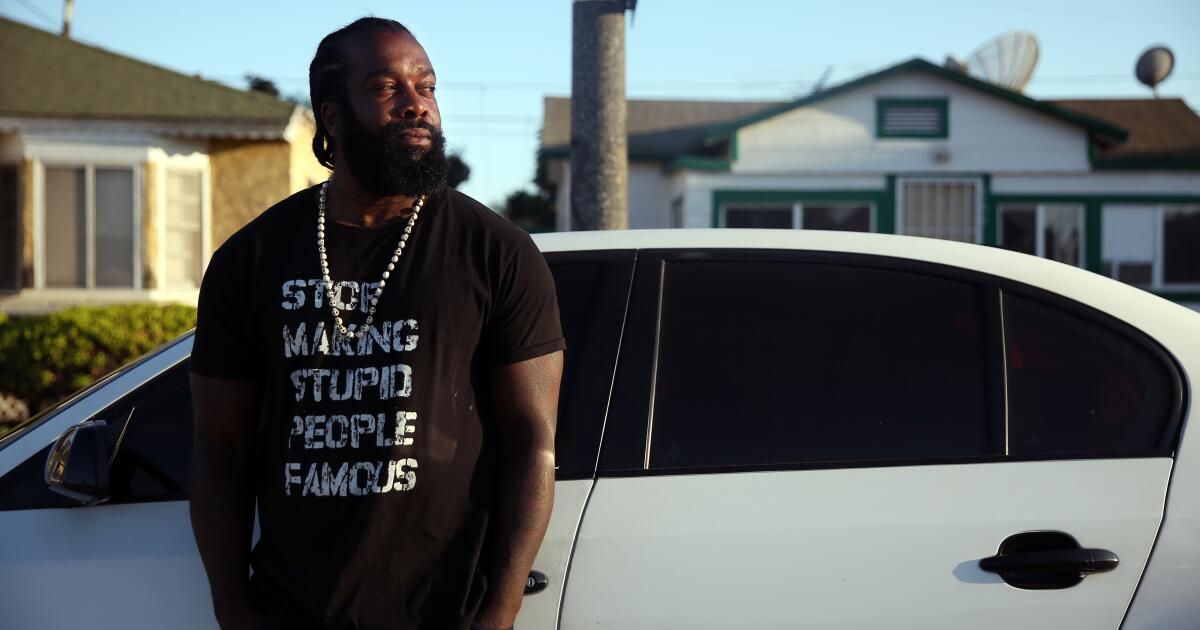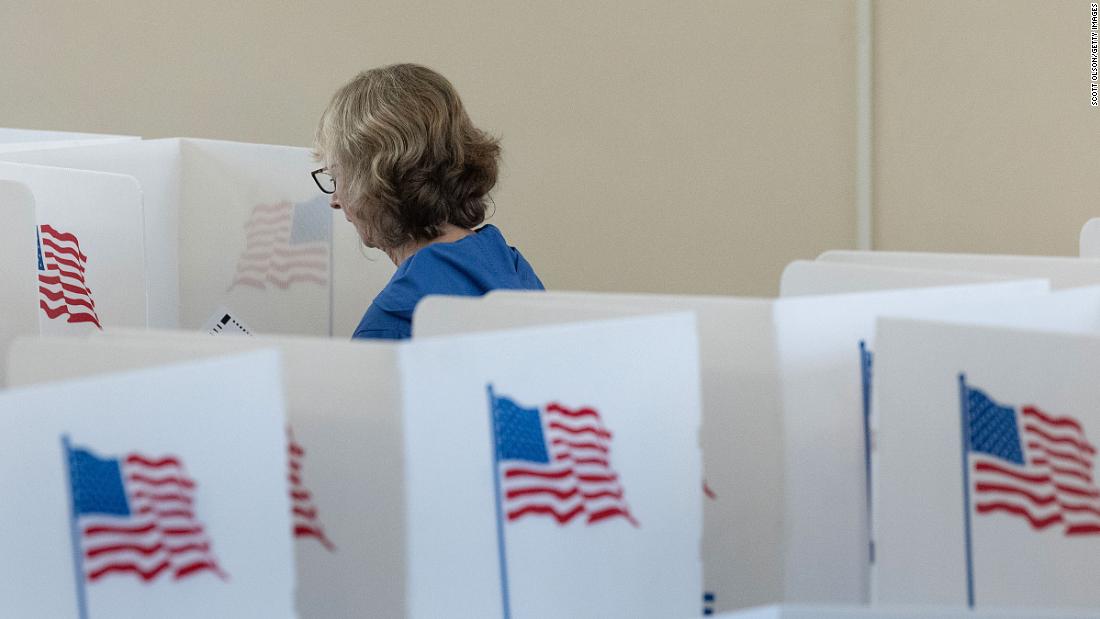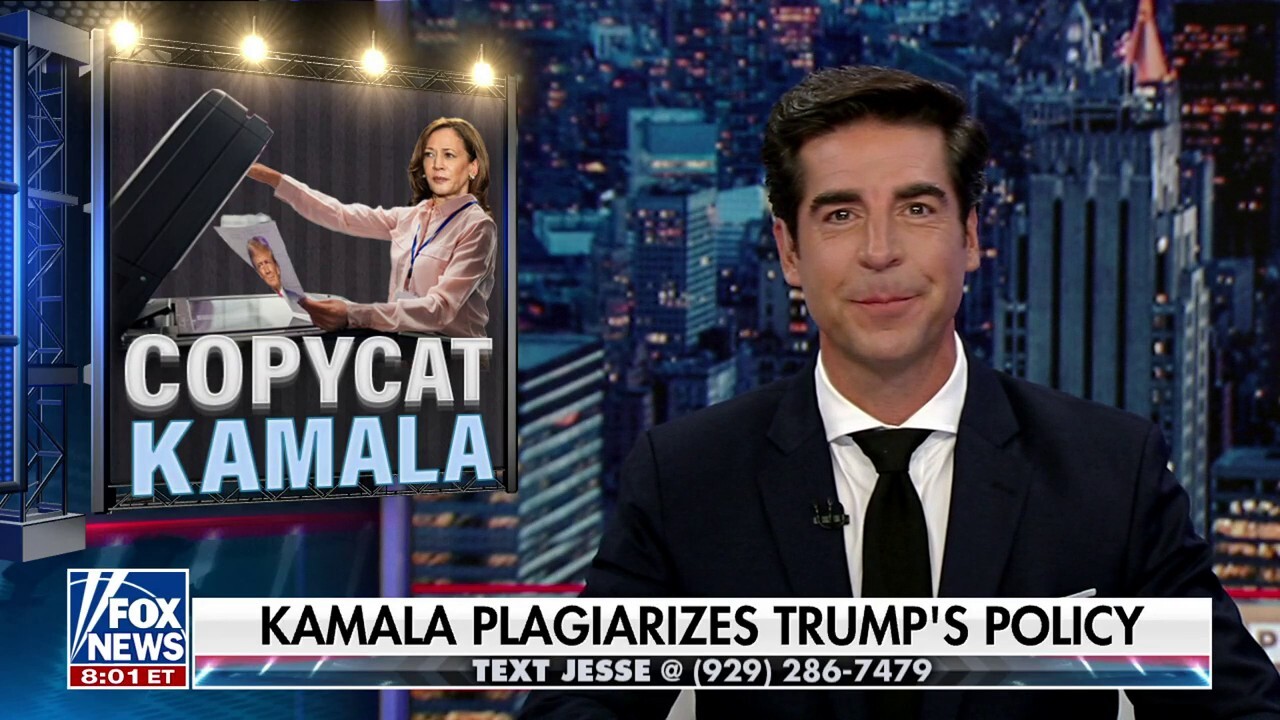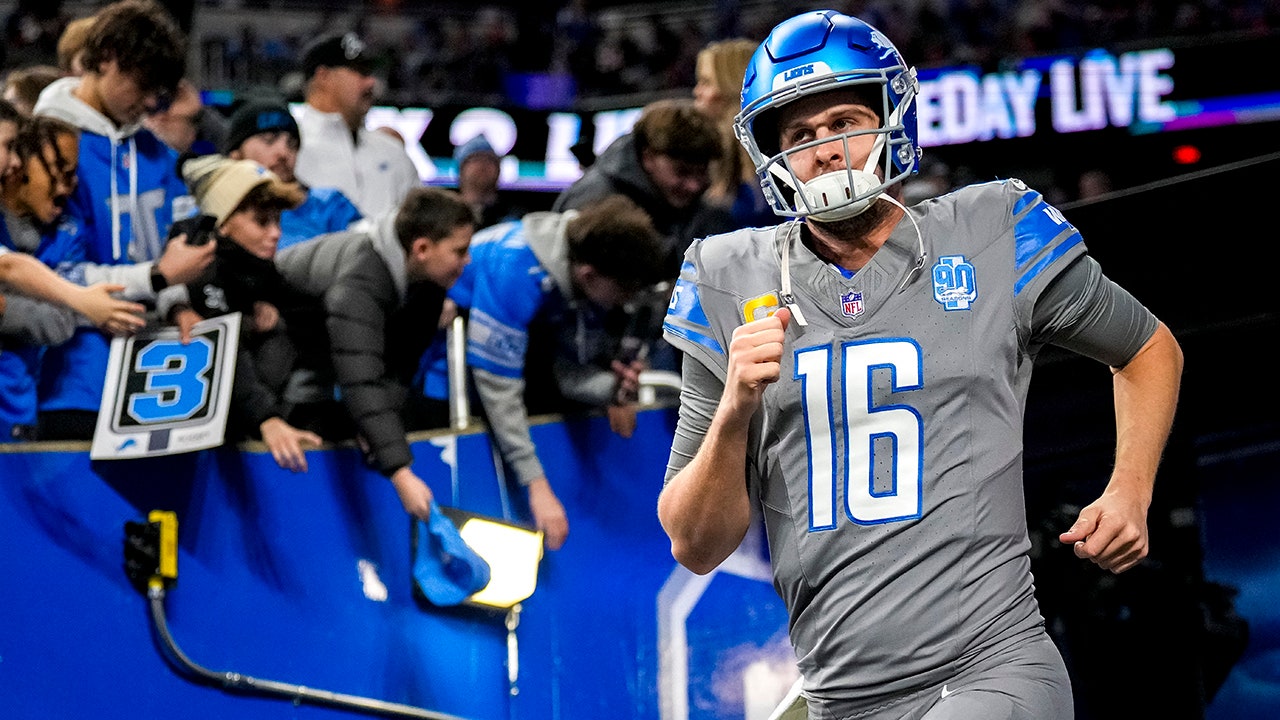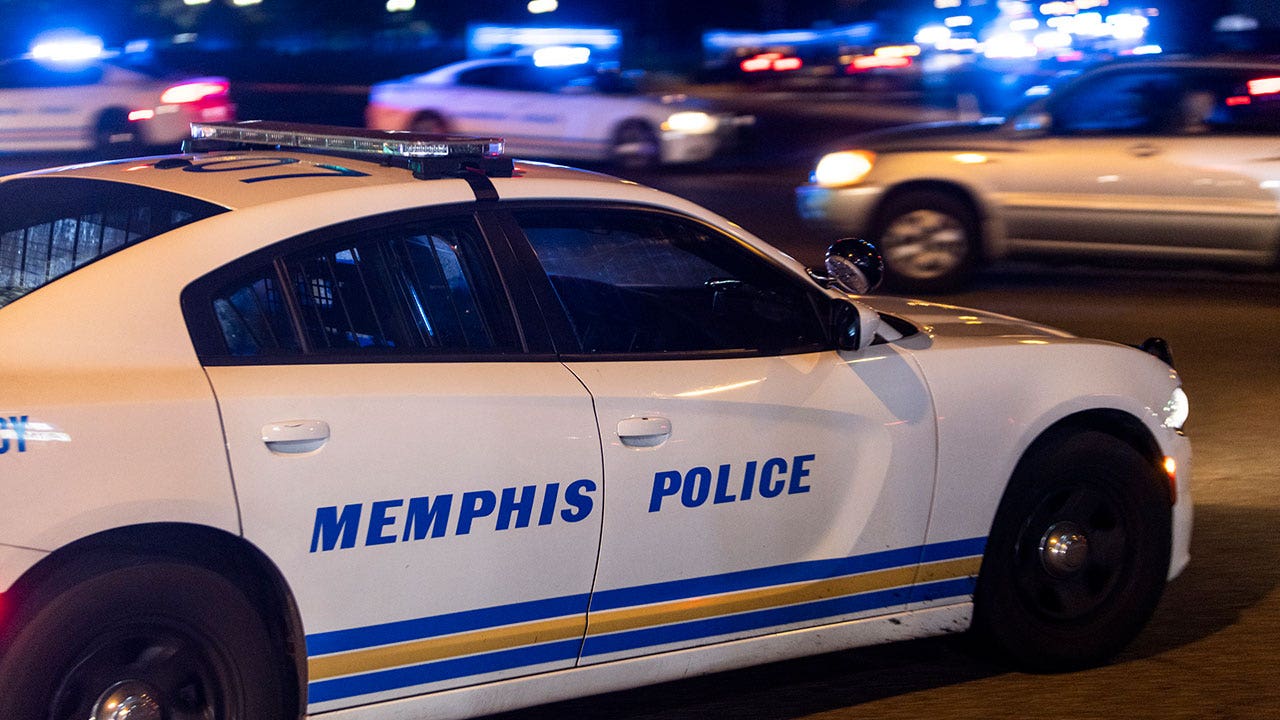Four years ago, after the murder of George Floyd in Minneapolis, reform advocates in Los Angeles called for the city to end its reliance on police. Some urged city leaders to start by removing sworn officers from transit authorities.
They cited persistent racial disparities in stops, searches and arrests, the result of what some said were failed crime suppression strategies in South Los Angeles that alienated generations of black and brown Angelenos. They called on the city to limit how often police stop people for minor crimes and to begin imagining a future in which unarmed city workers handle most traffic duties.
This week, the City Council authorized a study to figure out how to do just that, while adding more speed bumps, roundabouts and other modifications to streets to reduce speeding and unsafe driving.
“I believe the city of Los Angeles can lead the nation,” said Councilman Marqueece Harris-Dawson, an early proponent of the proposal.
In a 13-0 vote, the council ordered city transportation staff and other departments to return within 90 days with feasibility reports on the cost and logistics of a series of proposals including: creating unarmed civilian teams to respond to certain traffic problems and investigate accidents. ; limit fines in poorer communities; and end the use of stops for minor infractions such as having expired labels or air fresheners hanging from the rearview mirror.
Wednesday's vote was met with cautious optimism by advocates in the Push LA coalition, which includes the Community Coalition, Catalyst California and Black Lives Matter Los Angeles, who said it was a long-awaited moment. But they also said they were concerned about the long road ahead, filled with bureaucratic obstacles that stifled previous attempts at reform.
Before the council meeting, several dozen organizers held a news conference and rally in front of City Hall, holding signs and chanting slogans such as “The people united will never be defeated.” Activists like Leslie Johnson of the Community Coalition vowed to keep pressure on public officials to ensure the study's results are not buried.
They were in downtown Los Angeles to celebrate an expected victory “but also to let the council know we're watching,” said Johnson, whose South Los Angeles group is pushing for grassroots change. Some speakers invoked Keenan Anderson and others who died in traffic collisions with local police, or gave testimony about the devastating effects of being stopped.
Acting city chief Dominic Choi said Wednesday he was waiting to see what changes the council might propose before evaluating them. But he said traffic stops are a good tool to help solve violent crimes in the community, if done properly and constitutionally.
“Our job is public safety and we are going to use the tools given to us in the best way possible to improve public safety,” he said. “So if they put restrictions on us, I will visit roll calls and talk about this policy change or this law and encourage our officers.”
The debate over what role police should play in road safety enforcement comes amid an alarming year-long rise in traffic deaths and injuries. Some transportation safety advocates say persistent traffic incidents, particularly those involving pedestrians and cyclists and in low-income neighborhoods, show the city needs to take tougher action against reckless driving.
Some council members said during Wednesday's meeting that they saw the proposal as a win-win: addressing traffic safety while freeing up officers to tackle more serious crimes.
The city's streets remain among the deadliest in the country.
According to data from the Los Angeles Police Department, traffic deaths hit a record high last year with 336 people killed in crashes citywide (up from 312 in 2022), more than the number of people killed in homicides. . That's the highest number since the city began keeping statistics more than two decades ago. More than half of the dead, 179, were pedestrians. Serious injury incidents have also increased in recent years.
Although experts say speed is a factor in many serious crashes, police issued 28% fewer citations to dangerous drivers between 2021 and 2022, in part due to lower staffing, according to an LAPD request for more funding. for traffic control presented by the Road Safety Office.
In a statement, Los Angeles Department of Transportation spokesperson Colin Sweeney said the agency “looks forward to continuing our work with the Mayor, City Council and partner agencies to advance these recommendations and ensure the safety of our streets for everyone.” the Angelenos.”
In Los Angeles, as in many other US cities, Floyd's murder in 2020 inspired calls for comprehensive police reforms, as officials pledged to begin looking for ways to adopt new strategies to keep communities safe. The city's transportation department was ordered to produce a report on alternatives to traffic control, a precursor to any legislation.
But after years of delays, initial optimism gave way to concern and then anger, as activists and some council members expressed concern that the window for radical change was closing and Los Angeles was increasingly left behind. further behind other cities that had already studied the topic.
When the study was finally published last year, it made the case for what many advocates had long argued: Los Angeles could follow in the footsteps of cities like Philadelphia and Berkeley, which have reduced policing of many traffic violations, but only in aggregate. . with important infrastructure improvements that improve road safety.
“From our perspective, it is not necessary to have another feasibility study; There are numerous cities across the country that have already adopted a variety of these reforms,” Chauncee Smith of the advocacy group Catalyst California said in an interview this week. “We're focusing on changing conditions, rather than punishing a person for something they did or didn't do.”
He and other advocates cited growing research in other cities showing that road improvements along high-injury corridors were most effective in changing driver behavior and ultimately reducing the number of deaths and serious injuries. related to traffic, than the threat of receiving fines. Instead of paying for more traffic officers, they said, the city should invest in improvements such as narrower streets, dedicated bike lanes and more clearly marked crosswalks.
At the same time, advocates say, the city should consider a “means-based” sliding fee model (such as vouchers mailed to motorists to help cover repairs to, say, broken taillights) that would help improve safety, without unnecessarily criminalizing traffic violators. or sending them into a spiral of debt.
Johnson, Smith and others also advocated for a less punitive approach that does not repeat the harm of past efforts and an outright ban on so-called pretextual stops, in which police use a minor infraction as justification for detaining someone for the purpose of to investigate whether a more serious crime has occurred.
The department has reined in the practice in recent years under intense public pressure but never abandoned it. But other changes could require legislation and will likely face stiff opposition from police unions like the Los Angeles Police Protective League.
The league, which represents the city's rank-and-file officers, released a list of low-level calls that it did not believe needed police intervention — traffic assignments were not one of them. Although top LAPD officials have expressed a willingness to forego certain traffic duties in the past, other law enforcement experts have dismissed similar proposals as fanciful, especially at a time when risky behaviors such as roadblocks have sometimes increased. on the streets and illegal races.
A 2022 Loyola Marymount University survey of Los Angeles residents showed that public opinion was largely divided on the question of using unarmed traffic officers or another alternative approach, such as a civilian response team, to handle problems. traffic.
city news service contributed to this report.

